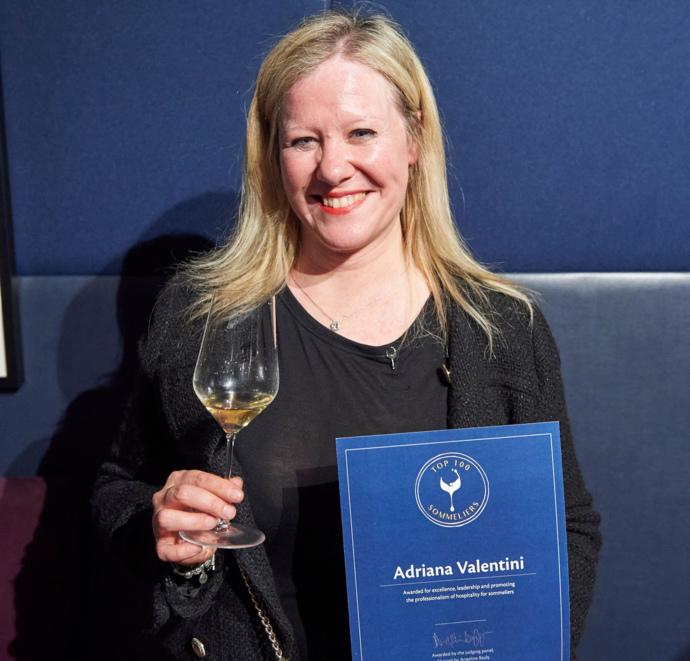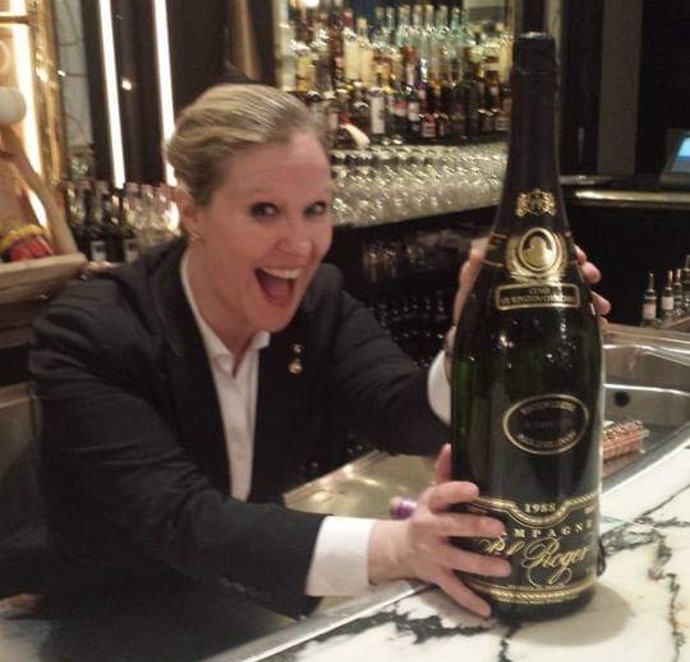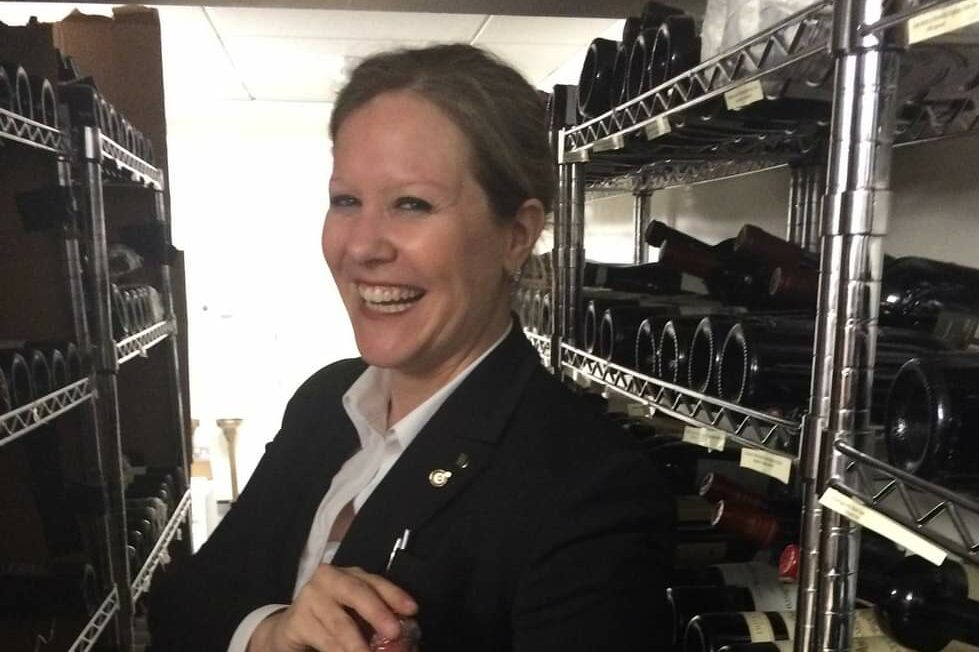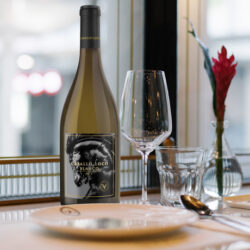Buying wine for private members’ clubs is a skill of its own. Adriana Valentini tells us why.
Born and raised in Milan, Northern Italy, Adriana Valentini didn’t come from a wine background but a trip to Beaune in the mid-00’s provided her with her first professional wine tasting – she was hooked.
“If I think back,” reveals Valentini, “I can easily see when the seed for my deep passion for wine began to flourish.”
On returning to Milan, following asummer of new discoveries, Valentini realised that she wanted to learn more about wine. She explains, “So, I enrolled on a course at the AIS (Associazione Italiana Sommelier) and when I finally passed the wine diploma, it was time for me to make a definitive change…into the wine world. Investing my time, energy and money in a new life as a professional sommellier turned out to be the best decision I could have made!”

For Valentini the skill of a sommelier is not just about wine, for her the most important skill “is the ability to love people.” She thinks that, “if you are enthusiastic about food and wine but don’t enjoy working with people, being a sommelier might not be the job for you. ” She adds, “The ability to discern special flavours or qualities in fine wines appears, on the surface, to be the most important skill. However, I believe excellent service skills have to combine with an aura of gracious hospitality. These qualities are equally important for sharing the love of wine in a professional setting.”
Clubbing it
According to Valentini buying wine for a club is completely different from buying wine for a restaurant and hotel. As one of Sommelier Edit’s Top 100 women sommeliers she believes that “one of the most important factors in my role is to ensure that the wine selection complements the food. In a private members club the menus changes frequently – usually every fortnight.” She explains, “Members visiting their club are regular guests so the wine list should be easy to navigate, expecially taking regular guests’ preferences and average age into account.”
I have been fortunate enough to be assigned important budgets with portfolio for wine investments during my career – mainly for laying down wines and releasing the old vintages at the right time
The wine list at private member clubs is usually more diverse than those in restaurants, Valentini says, “they often feature rare and expensive wines that are not available or are no longer available on the market,” which is an important and appealing point of difference.
Wine investment is a key factor when buying for a private members’ club wine list, one which Valentini says is a personal passion. “I have been fortunate enough to controal important sums of money, making portfolio wine investments throughout my career. Usually these budgets are destined for wines to be laid down, so that we can release old vintages at the right time.” She can’t disclose how much she’s spent over the years, but when you consider that she has worked at Grace Mayfair, Caprice Holdings, the Corinthia Hotel London, and others, its probably quite a bit!

Alternatives to the classics
When talking about wines from famous vineyards the cost can be high. Valentini admits that for popular wines from Bordeaux and Burgundy listing affordable wines can be a challenge. Not just when you are investing but also when you are making sure that the top names are on the list. “The châteaux that members expect to see,” she smiles, “Burgundy is booming, up 25% in the first six months of 2023,” she says, “whilst Bordeaux is hardly suffering whne is comes to price hikes.”
“Burgundy is the cool thing amongst private collectors, sommeliers and casual drinkers,” she adds. “Provided any of us can afford them! Fortunately, as winemakers’ and drinkers’ palates evolve, there’s still value to be found on the edges of the region. I am currently seeking out the entry-level bottles, called Bourgogne Blanc or Rouge, from top producers like Domaine des Comtes Lafon. Or, I head to lesser-known regions of the area, like St Veran, Viré-Clessé or Macon for white wines, and Marsannay for red wines. They have much lower price tags than, for example, Volnay.”
When it comes to drinking good alternatives from other regions, Valentini is a big fan of white Rioja, Tempranillo Blanco, Garnacha Blanca and Verdejo. “In my opinion these are serious food-worthy white wines, with oak used (or not) in a contemporary way,” she says. “For red wines, I have turned my attention to the Rhône Valley; home to incredible diversity of terroirs and grape varieties. More and more wines from smaller, less famous appellations offer incredible quality and authenticity as younger winemakers take over and their quality increases.”
Whatever the region or the price you can be sure Adriana’s expert eye will have sussed out the best wines for her list!





